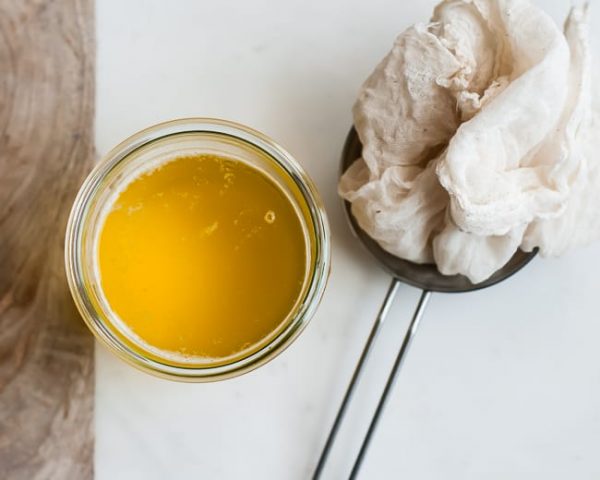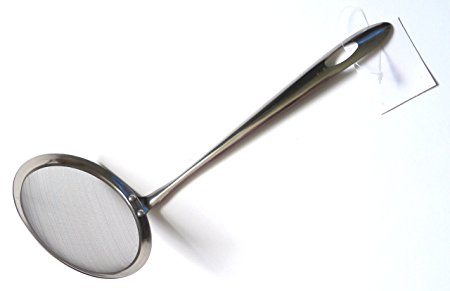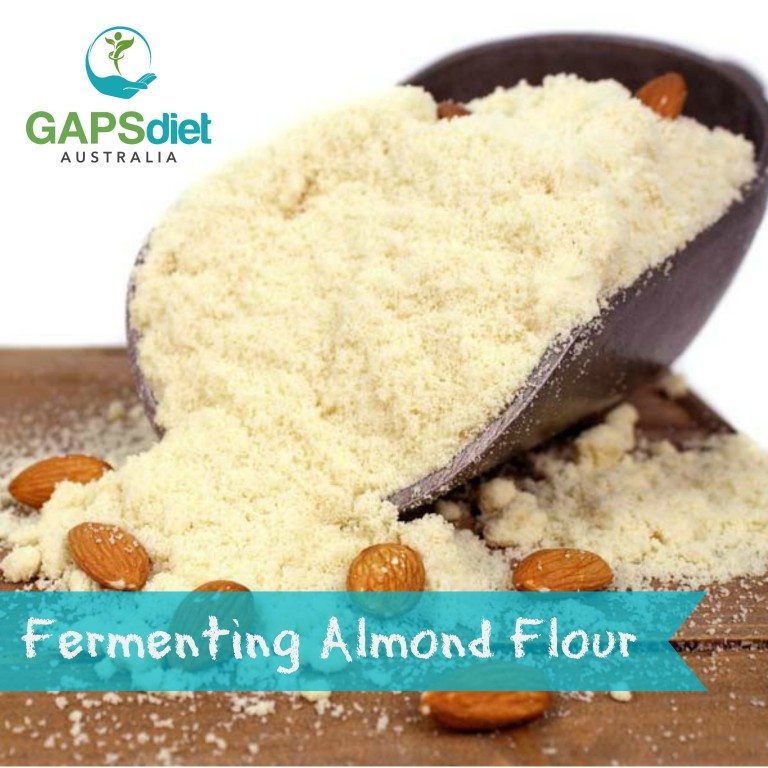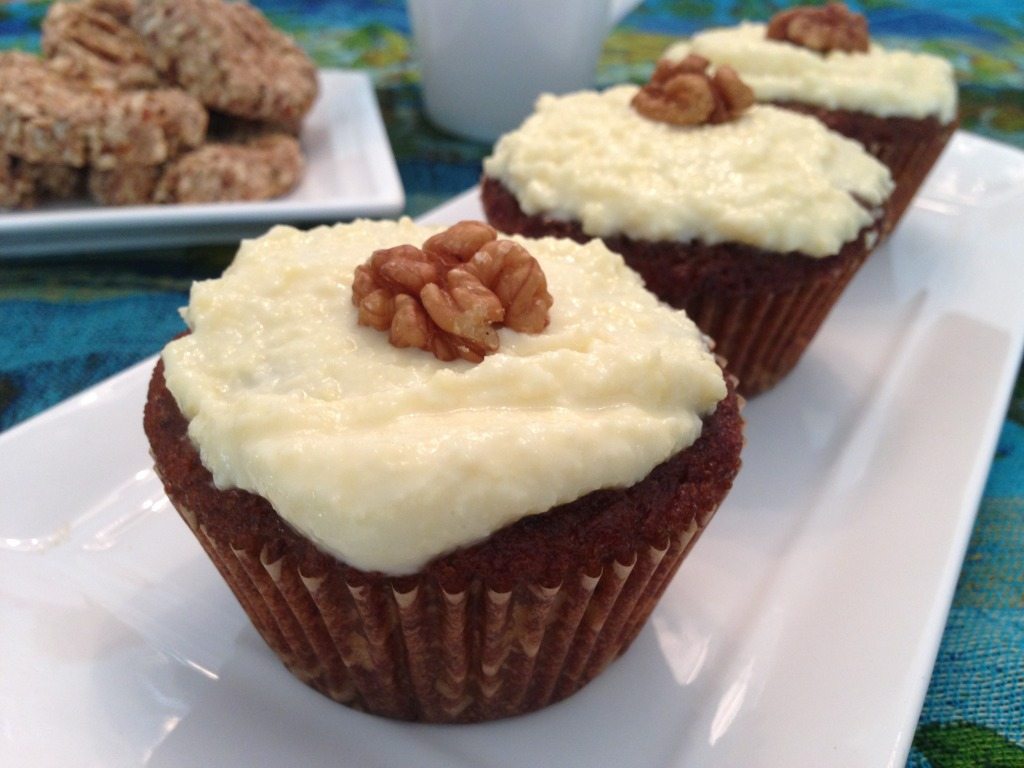Coconut Milk
Here we have two coconut milk recipes for the GAPS Diet for people who cannot tolerate nut milks. Canned coconut milk often contains, preservatives and other additives that the GAPS Program does not allow for. BPA is also usually lined within the tin cans containing coconut milk as well. For these reasons, we encourage you […]
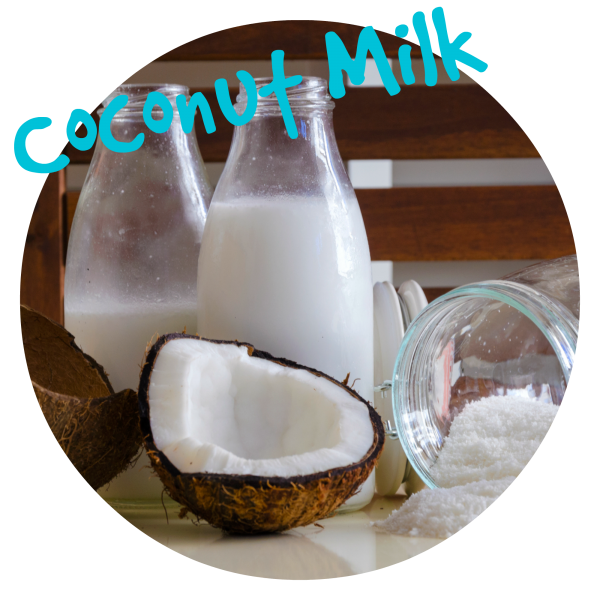
| Prep Time | 20-40 mins |
| Servings |
Cups
|
- 4-6 Young green coconuts Enough to produce 1-2 cups of fresh coconut meat and 1/4 - 1/2 cup of coconut water
- 1 Cutting Knife or Cleaver
- 1 Kitchen Hammer
- 1 Flat Head Screw Driver
- 1 Glass Jug or bowl 1 litre sized pyrex jug is good for this
- 1 Stainless Steel seive
- 1 Unbleached cheesecloth
- 1 Cup Desicated Organic Cooconut Make sure it is unsweetened
- 1 Cup Filtered Boiled Water
Ingredients
Raw Coconut Milk
Equipment for Raw Coconut Milk
Coconut Milk from Shredded Coconut
|

|
- With a sterilised kitchen flat head screw driver, use a hammer to pierce three holes into the top of the young green coconut ensuring that it penetrates the nut inside.
- Line a strainer with a cheese cloth over the jug or bowl and pour the coconut water from the three holes into the jug and set aside
- When all the coconut water is drained, open the top of the coconut by slashing the top off with a strong knife or cleaver. This may take a few slashes on each side at the top of the coconut. There are many videos online that you can view to learn how to do this.
- When the top of the coconut is open, spoon out the coconut meat from the sides of the shell. Try to avoid collecting the brown husk and only set aside the white soft meaty flesh. The meat from a young coconut should be soft and moist. If you have lots of coconuts you can do this all at once and freeze the coconut meat for later use.
- Repeat the above 3 steps with all coconuts until you have two cups of coconut meat flesh.
- Place the coconut meat into a good strong blender, vitamix or thermo mixer and mix the ingredients for as long as it takes to reach a smooth thick consistency whilst gradually adding the coconut water for the desired thickness result. It is important to ensure that the coconut milk mixture is not grainy or lumpy if you wish to have the best yoghurt like resemblance to make yoghurt later.
- Contain in a glass bottle with a screw top lid and store in the fridge. Keeps for up to one week in the fridge or can be frozen.
- Add 1 cup of shredded coconut to one cup of water in a saucepan and bring to the boil. Boiling the coconut will rehydrate the coconut and release the natural coconut fat making it thicker.
- Allow the mixture to cool for 15 – 20 minutes and then add the mixture to a good strong blender, vitamix or thermo mixer and mix the ingredients well for a few minutes or so.
- Line the top of a jug with a strainer and cheesecloth and pour the mixture through the cheesecloth.
- Lifting the edges of the cheesecloth and gathering the strained coconut flakes, twist the cloth and squeeze with your hands allowing all the coconut milk to drip through the strainer and into the jug.
- When all the milk has been squeezed and collected in the jug, contain in a glass bottle and store in the fridge. Keeps for up to one week in the fridge.


